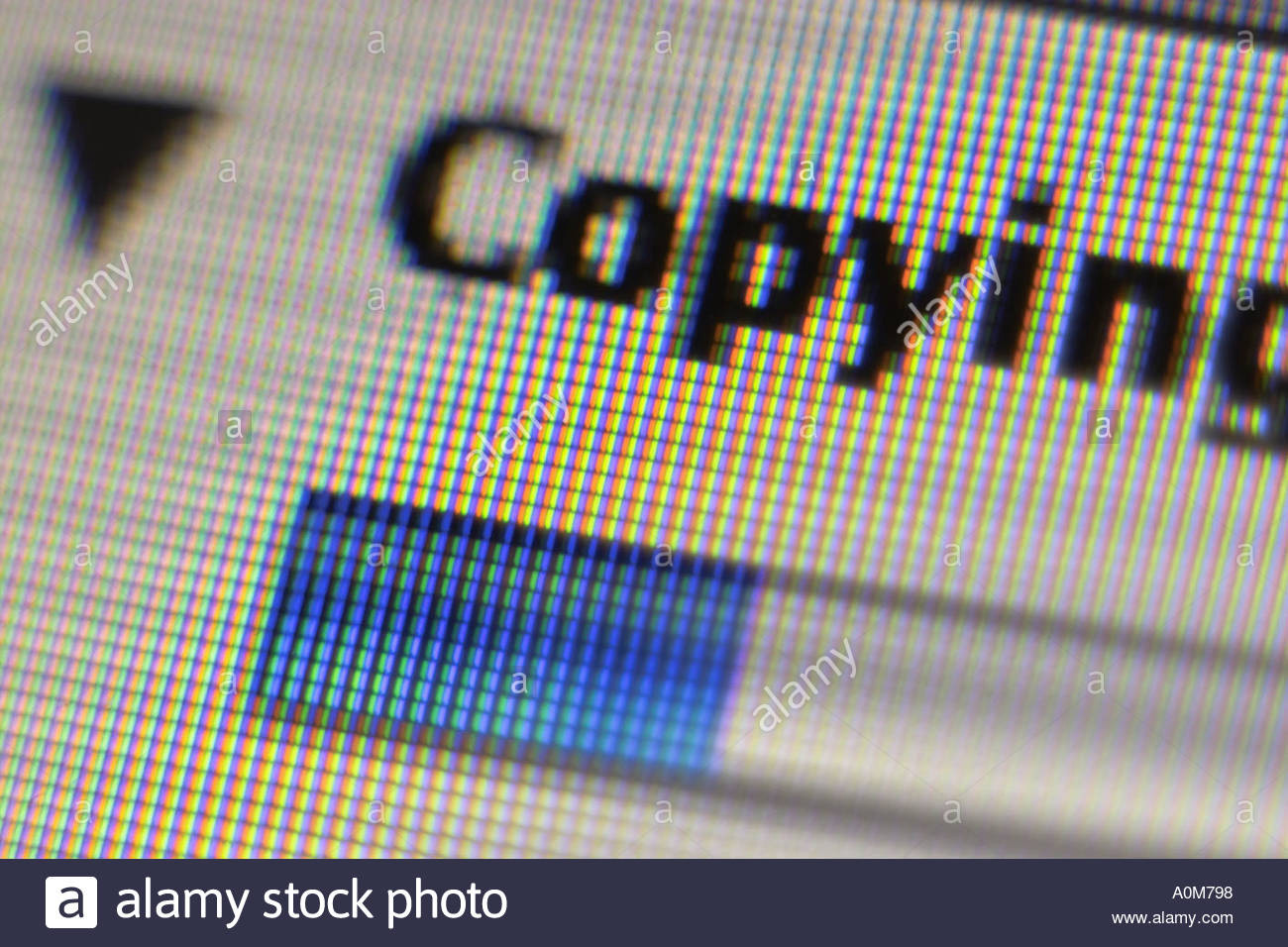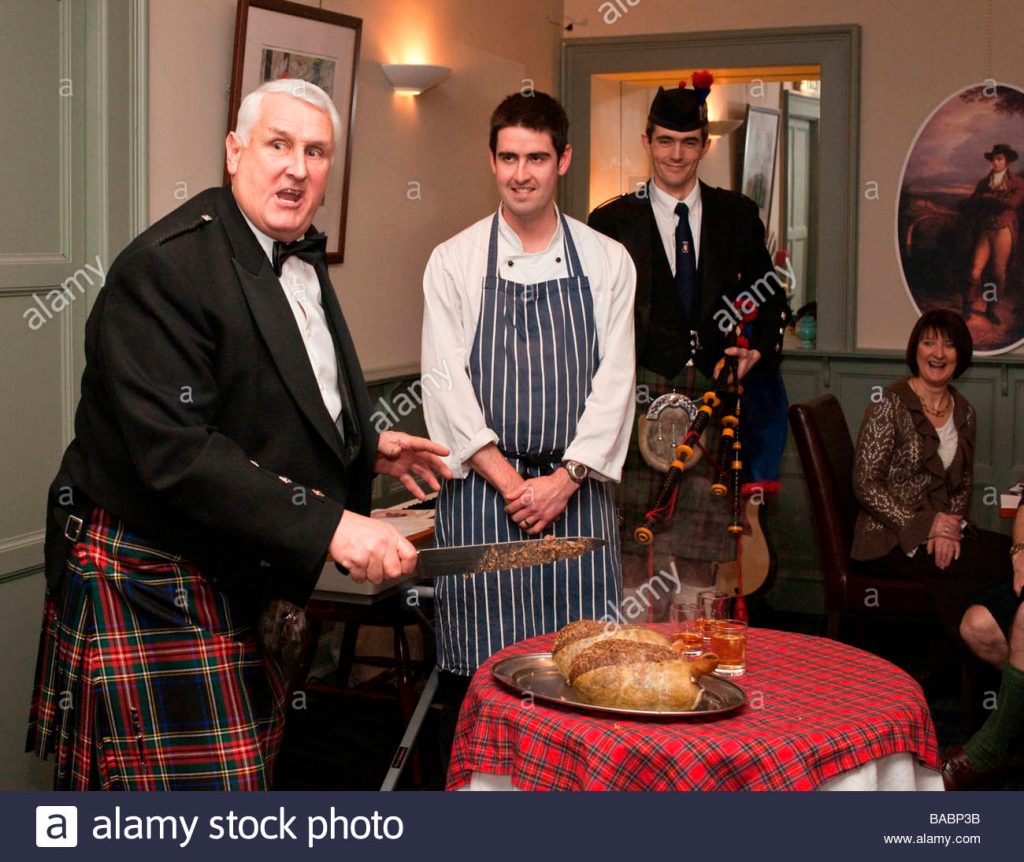
Thirty keys to stock photography
1) A Picture is Worth One Word – if your pictures need 1,000 words to explain them, they have not worked. Some of the best stock images of any kind are those which make a single word, phrase or idea come into your head the moment you see them. Stock photographers are always looking for shots which say one thing so clearly that anyone who sees the pictures would immediately think of it.

2) Exclude Distractions – I’d rate that as one of the most important picture editor influences, but see my next three points as well, as they go together. No matter what you photograph for stock, every square millimetre of the frame should either be of the subject, relevant to the subject, or neutral space. Do not include things for purely compositional reasons.
3) Get Close – this is not just the old advice for movie-makers reh
ashed, ‘if it hasn’t worked you were not close enough’. It’s also a bit of visual psychology. Closer viewpoints connect to the viewer better than distant telephoto shots even if the subject has the same scale in the shot. I do not mean use an ultrawide lens and shoot from inches away, simply don’t rely on your 70-200mm for everyday shooting. Your images will lose immediacy. Henri Cartier-Bresson understood this well.
4) Don’t Crop Too Tight – Hey? You just said exclude distractions and get close? How is that not tight cropping? Easy. Your pictures must be flexible enough to allow later cropping, not necessarily for composition or to change a vertical to a horizontal, but to cope with media formats. The old US magazine size of 8.5 x 11 inches loses a stack off top and bottom of a cover shot. European A4 210 x 297mm loses more than some compositions readily allow. Bleed printing (flush, edge to edge, covering the entire page) requires at least 3mm all round on that size, but the 3mm margin also applies to small flyers, postcards and many products. TV display may call for a 16:9 panoramic crop. So, don’t put critical parts of your main subject very close to the edges of the shot and be careful when using the full height of any composition (it’s not quite so important to allow horizontal space on either vertical or horizontal shots, as this dimension is rarely cropped to fit page or screen sizes).

5) Use Juxtaposition to Tell a Story – this is where my points 1 and 2 may seem to conflict, but really don’t. By far the most effective stock shots actually convey a phrase, an idea, a term, a saying, a concept or an action. Juxtaposition of two items, or a person and an object, does mean getting them close together and not just both in shot. For example, a man in a bowler hat (visual code for a city businessman) holding a pistol to his head is a viable set-up stock image where a shot of him picking up a pistol from a desk is not (but could make a book cover done well). In the street, a stock photographer will instinctively seek a viewpoint which places required elements close in position and scale.
All these points so far are also valid for any editorial or news photography, and some would say they are important for ANY photography. But it’s amazing how many images I am sent as an editor which end up not even being considered because they can not be used in any way except as an uncropped image floating on the page. Sometimes part of the subject will be placed just 1mm or so into the imaginary 24 x 36mm film frame, just away from the image edge. Sometimes two elements which tell the story in an image are separated by dead space, or even worse, something irrelevant that confuses the message.

It all makes sense. Many thanks for such a helpful post, David.
As usual great advice David.
Much of it is not new to me but I have not always (or even often) paid proper attention or had forgotten it. Fortunately your pointing out this piece is timely as I am actually working to raise my photographic game now I can work at it as full time as I wish.
Thank you, these comments and other ideas will play a major part in my business plan for 2014.
About time I read this and follwoed the advice!! All makes perfect sense now!
Pingback: 30 key points about stock photography | dPhotoexpert | Dannyspltd's Blog
Pingback: 30 key points about stock photography | dPhotoexpert « master photography…
Fantastic advice David, and thank you so much for offering so much advice to others on Alamy’s forum. This must consume a great deal of your time – most generous.
Pingback: Stock-photography tips | mikeperris
Pingback: 30 keys to selling photo's | Localfoto.co.uk
Very good and interesting piece of work excellent for all who want to tread down the Stock Highway.
Excellent post! Thanks for sharing. You have provided many useful and helpful tips for all stock shooters to consider.
Clarence
Thanks, David. Will put all your fabulous advice on my 2011 resolutions list.
Bettina
This is Brilliant David, the best stockphotography advice i’ve ever read….A Stockphotographers Bible…Amen to that!
Thank You
Parm Bhandol
Interesting reading David. Hope to make at least some of that into one of my new years resolutions!
Thanks
Phil Crean
David – I adopted your cropping advice from another posting you made about a year ago… cropping a good percentage of my 2:3 format Nikon images down (or up?) to the 4:3 format because a) they do look larger and more impressive as Alamy thumbnails, and b) the 4:3 format crops-off softer image corners.
You certainly set yourself a big task David! There is so much in there to debate but I think I’d make the general comment that ‘rules’ can often be broken effectively to make an image that stands out from the crowd of generic stock. Of course a photographer has to have first learnt and mastered the rules to then reliably consider breaking them! An interesting read, thanks.
Alex
Thanks for the solid 30 keys to stock photography, David.
“The most important lesson I ever learned in photography was the simplest – you can not take a picture without being there”…. with a camera
Best piece of writing on stock photography I’ve seen. Common sense based on long experience. Unbeatable combination.